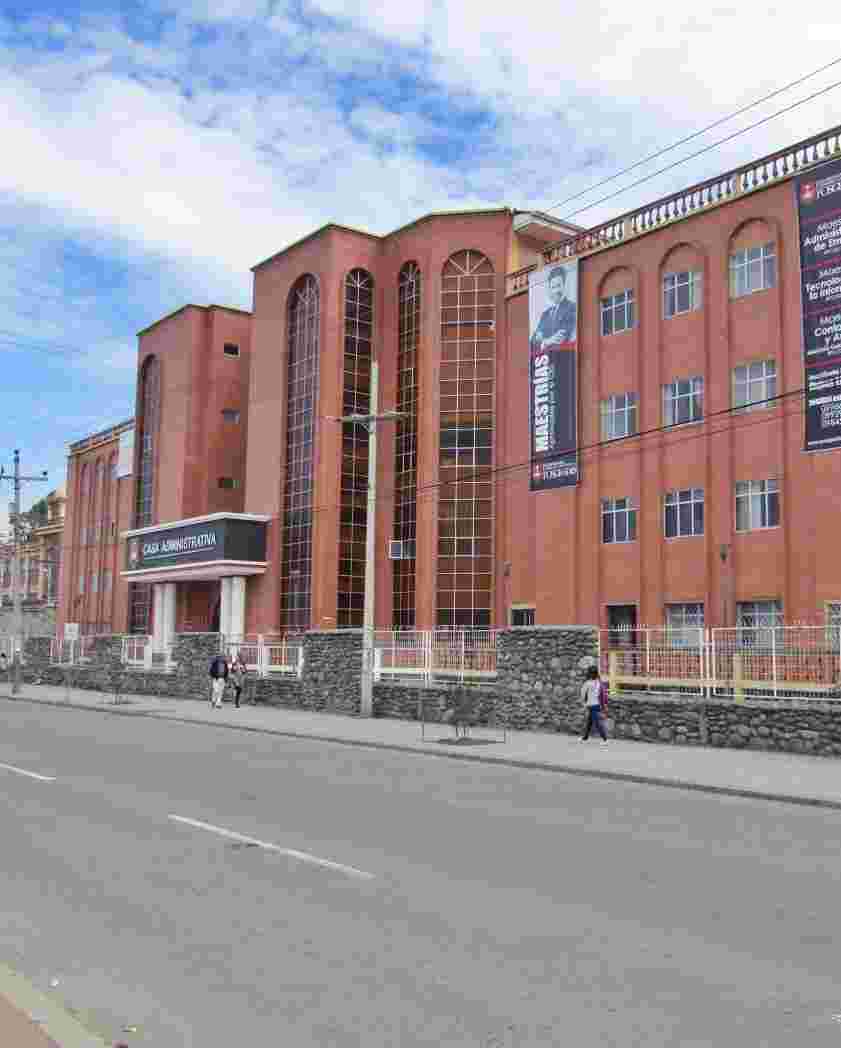Unidad Académica de Informática, Ciencias de la Computación, e Innovación Tecnológica
URI permanente para esta comunidadhttps://dspace.ucacue.edu.ec/handle/ucacue/43
Examinar
Examinando Unidad Académica de Informática, Ciencias de la Computación, e Innovación Tecnológica por Asesores "Pazmiño Piedra, Juan Pablo"
Mostrando 1 - 2 de 2
- Resultados por página
- Opciones de ordenación
Ítem Acceso Abierto Desarrollo de una aplicación móvil para el control de un robot autónomo que resuelve cubos Rubik 3x3 utilizando impresión 3D y algoritmos de visión computacional(Universidad Católica de Cuenca., 2025) López Rojas, Boris Adrián; Pazmiño Piedra, Juan PabloCurrently, many technological advancements are reaching their peak objectives: to simplify human life, solve problems, and provide insights into their use and benefits in an increasingly automated society. For example, we undertook this project to address the lack of capabilities in individuals with disabilities, whether related to learning or their extremities; that is, the inability to perform movements requiring motor assistance, such as the fingers when solving a 3x3 Rubik's Cube. To that end, we chose to develop this prototype using the V-Model + SCRUM methodology, with results considered correct when the device is used to solve our 3x3 Rubik's Cube. Our objective is to get feedback from the users, including those with disabilities such as missing limbs or other setbacks that prevent them from fully completing the Rubik's Cube puzzle, resulting in a solved Rubik's Cube by simply placing it in the prototype in front of a webcam and pressing a button.Ítem Acceso Abierto Plataforma web para monitoreo y visualización de parámetros ambientales en café mediante sensores IoT(Universidad Católica de Cuenca., 2025) Cedillo Illescas, Ángel Ariel; Encalada Arévalo, María Mercedes; Pazmiño Piedra, Juan Pablo; 015009736; 0104903950The main objective of this study was to design and develop a web platform for real-time monitoring of air and soil parameters in coffee plantations. The research was carried out at Hacienda La Papaya, Saraguro, Ecuador. The software development methodology used was SCRUM, which is oriented to the creation of fast and adaptable solutions to change. For data collection, an IoT sensor network was implemented using LoRa e32 modules that allowed wireless communication over long distances in areas without internet. The sensors used were: RS485 for the soil (measuring NPK, humidity, temperature, salinity, conductivity, and pH variables) and AM2302 for the air (temperature and humidity). An HLK-RM08 gateway was used for data transmission. For data processing, a backend was structured in Node.js, in charge of receiving and validating the data coming from the sensors and then storing them in the PostgreSQL database. For the visualization of real-time information, Grafana was used to create interactive panels,which allowed a more in-depth analysis of the data. The results obtained demonstrated the functionality and reliability of the platform, the processing and data storage capacity was validated for the end users' needs, which was 500 readings/hour, with a latency of less than one minute in the dashboard. This solution was validated as a viable and low-cost tool that optimizes agronomic management, thus boosting agriculture and creating a base from which it can be expanded with the implementation of predictive modules, georeferencing, and even artificial intelligence.




